One of the most beautiful plants, learn about 12 Different Bromeliad Types that you can grow indoors in homes and offices!
Native to tropical regions of North & South America, plants from the bromeliad genus are an excellent choice as houseplants. As almost all species can tolerate low-light conditions, they do exceptionally well indoors and are an excellent choice for both homes & offices. But before selecting one for yourself, it’s better to know about some of the Best Bromeliad Types!
Check out our article on beautiful flowering houseplants here!
1. Aechmea
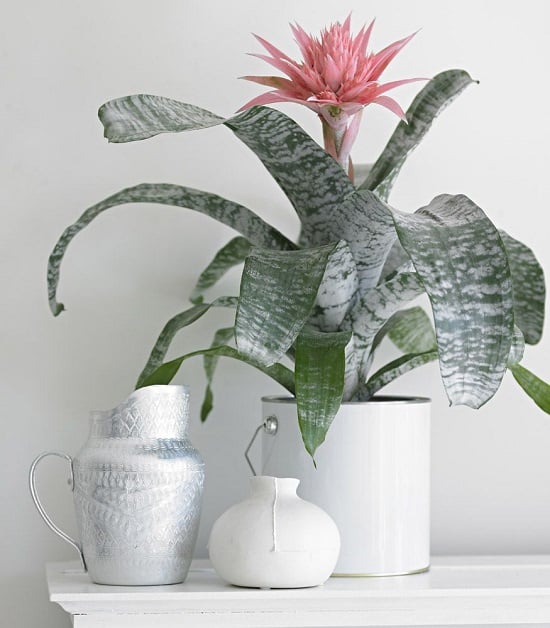
The name is derived from the Greek word Aechmea, which means lance, as the shape of its leaves resembles a lance head. Coming in different shades of red, red-orange, pink, and purple, it’s tough to ignore! Unique markings on the foliage and color-changing berries of some species further make it intriguing.
Check out some of the best colorful vegetables you can grow here!
2. Guzmania
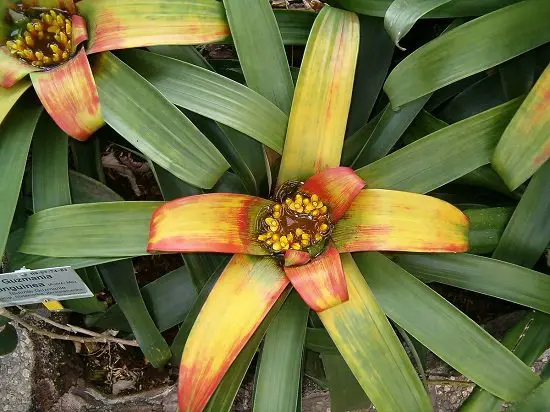
The plant forms a rosette in shades of red, yellow, white, pink, and orange, with emerging bracts that form a unique, funnel-like shape. It’s an epiphyte, growing on other trees in the wild, but you can also grow it in pots indoors.
3. Vriesea

You can find both flowering and foliage specimens of vriesea, among which flowering types are more popular. The flowers are tiny, but its the colorful and slightly flat flower bracts that steal the show. They are perfect for office desks and shelf tops, as they don’t take up much space. Take a look at some of the best office plants here!
4. Neoregelia
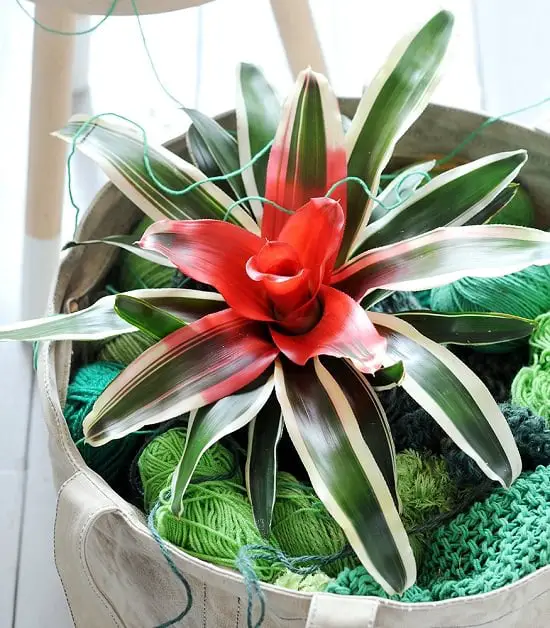
Unlike the other bromeliad type in the list, neoregelia doesn’t have tall flowering bracts. It makes up for it with stunning foliage. It’s somewhat cold hardy compared to the other bromeliads and comes in red, pink, orange, and purple colors, making it one of the best bromeliad types to grow!
5. Ananas
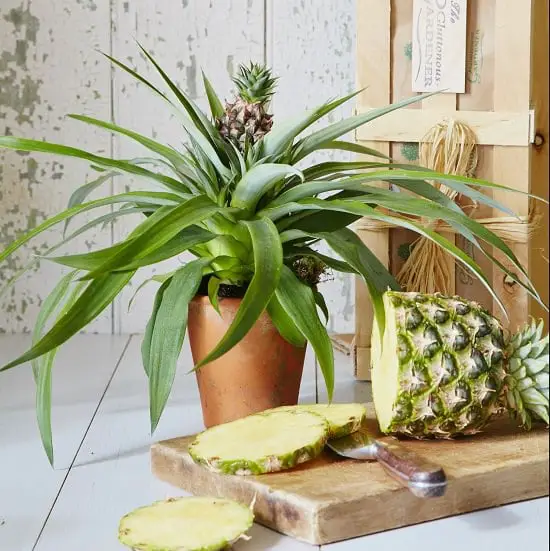
Did you know that the famous pineapples that you eat belong to the bromeliad family? We bet not! It is one of the most popular bromeliads of a dwarf variety, having waxy green leaves with spines on the sides. As it comes with juicy fruit, you must add ananas to your list of must grow houseplants!
Know everything on growing pineapple indoors here!
6. Tillandsias
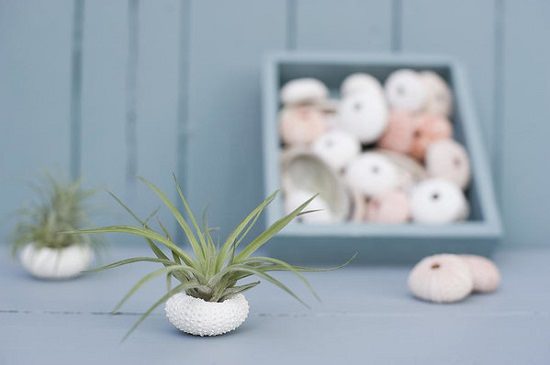
You might not have heard about Tillandsias before, but you must have heard about air plants. What makes it an excellent bromeliad variety is its minimum requirements for care and attention. As it is tiny in size, you can also hang them near your windows.
To know more about cute plants you can grow indoors, click here!
7. Billbergia
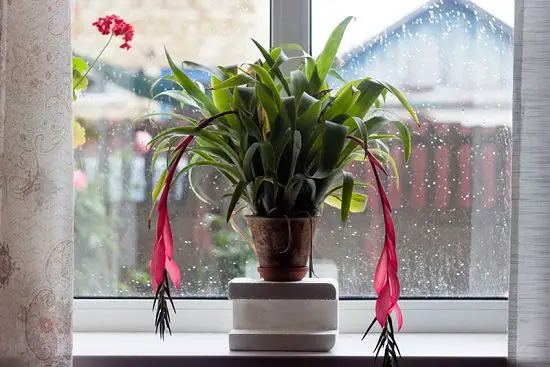
It is named after Gustave Billberg, a Swedish botanist. Its foliage is bushy and erect, with tubular flowers emerging from bright pink bracts, hanging like pendants on a fine stem. They come in shades of pink, blue, green, and yellow. Keep the plant in natural light and allow the topsoil to get dry between watering.
8. Catopsis
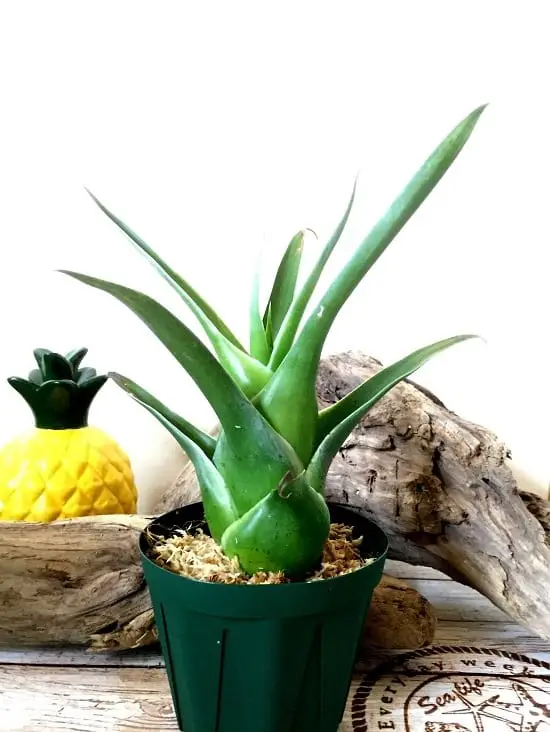
Catopsis is also an epiphyte and is also referred to as an air plant. With soft and floppy foliage, its leaves form a shape similar to the urn with flowers protruding from the middle of the stalks. Keep the plant in bright, indirect light and use distilled water to prevent mineral build-up.
Tip: Be careful not to overwater the plant as it can rot the roots.
9. Nidularium
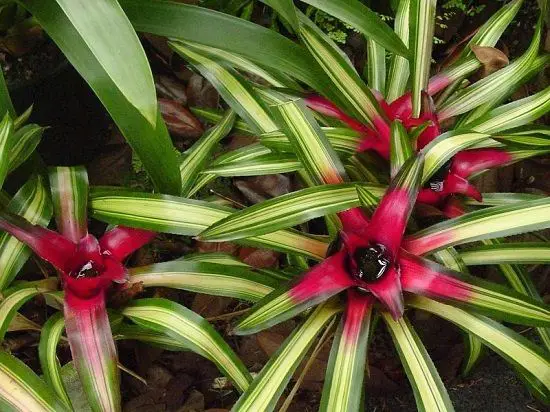
Found commonly in Brazil’s rain forests, the bright yellow and variegated rosette makes them quite distinctive. In their native environment, they grow on decaying logs but will do just fine in containers also. The leaves form a nest-like arrangement at the center before flowering in red, purple, or white colors.
10. Cryptyantus

Famous for its star-shaped leaves, it belongs to a group of terrestrial bromeliads. Green, bronze, brown, red, and pink are beautiful shades of its foliage. It is best for indoor spaces thanks to its small size. It is also a low-maintenance plant and adapts well to low lighting.
11. Dyckia
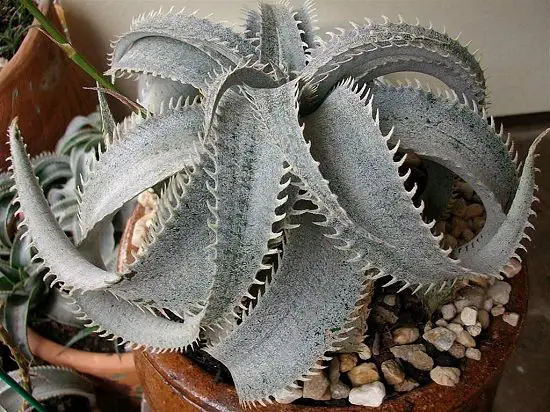
Often confused with the succulents like agave or aloe due to their arching, gray-green foliage with serrated spines on the edges. They have a similar drought-tolerant trait as well. Its leaves form a beautiful, compact looking tight rosette that wraps tightly around the pot you’ll grow it.
12. Portea
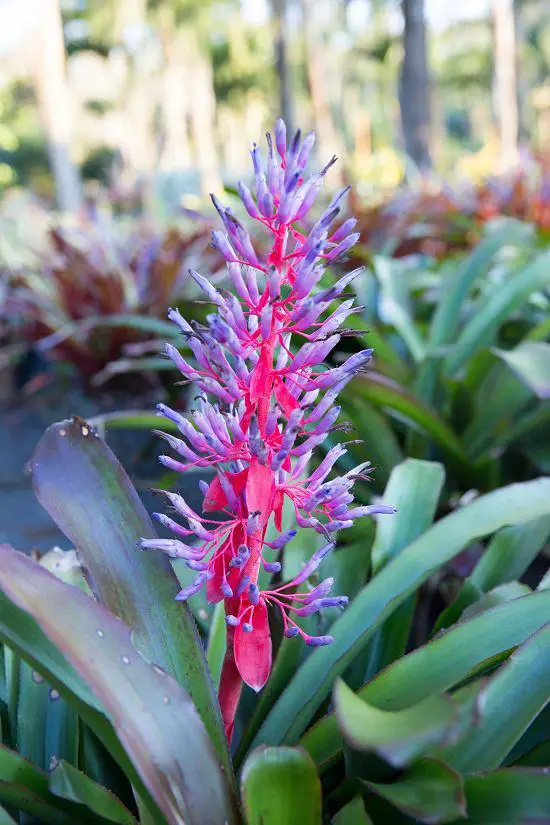
Portea is named after Dr. Marius Porte, who was a french plant collecter. Its foliage can grow up to 2 feet tall in shades of pink, purple, blue, and teal. It grows small flowers in a dark blue color. Keep the plant near a sunny source like the west or east-facing window.



From where we can purchase these plants
Hi,
I do really want to have few of these bromeliads. Please let me know where can I get them from?
Regards